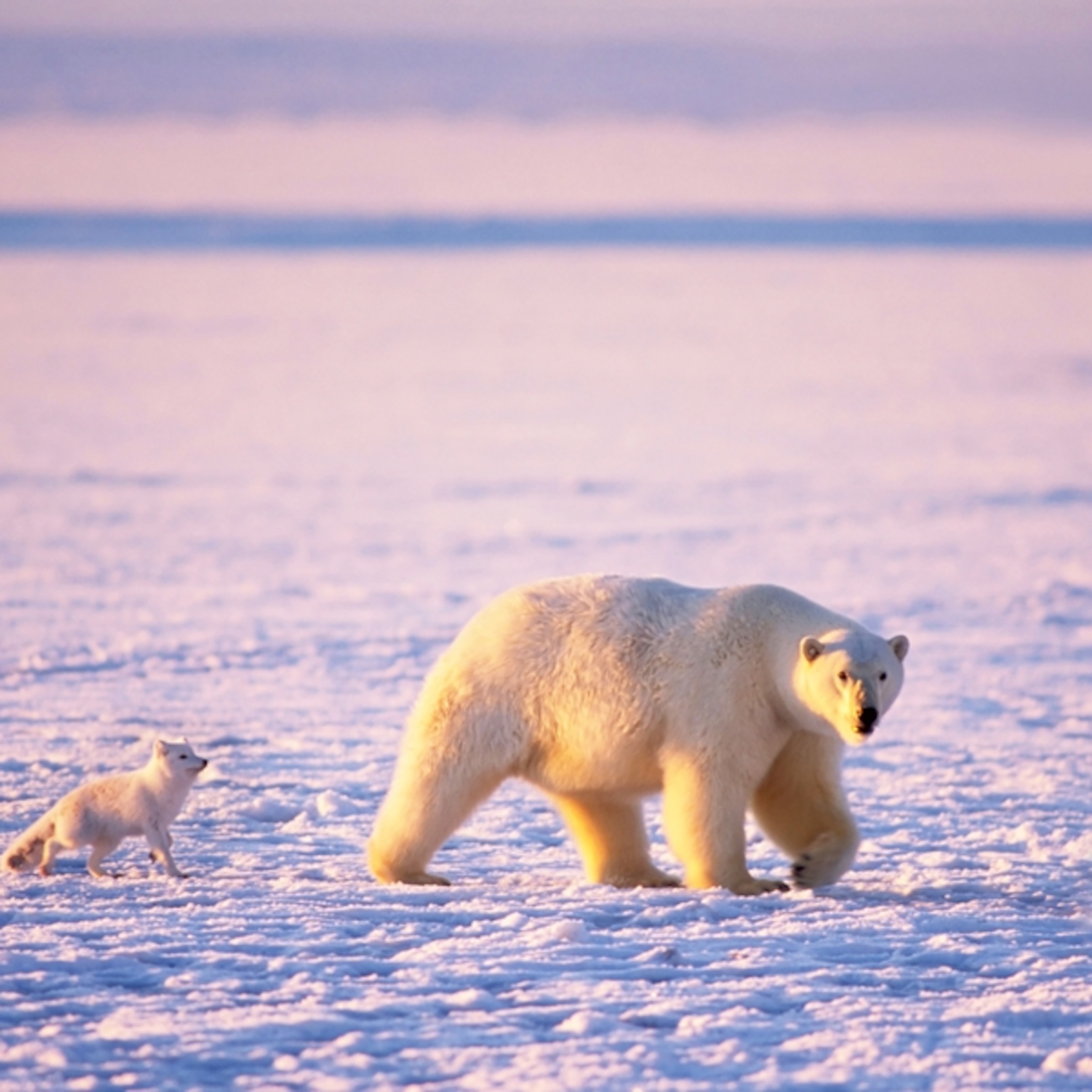Arctic Animals Adaptations Ks1

Animals and Habitats.
Arctic animals adaptations ks1. The pack starts with suggested animals with unique adaptations to visit at Colchester Zoo including a map of where to see them and which encountersfeeds to attend. PLANT OR ANIMAL. It also covers the different types of conditions that arctic plants have to survive in and why they adapted in the first placeIt also teaches students key knowledge about the Polar Region topic.
Distribute the worksheet Arctic Animal Adaptations. Students will learn how these animals adapt to their environment in this lesson on on Arctic animals. Using our accompanying National Geographic Kids lesson plan pupils will learn about how the animals and people that are found in the Arctic have adapted to survive in the environment.
I have also included a polar code work starter. How animals are adapted to live in the Arctic polar bear - caribou - musk ox - wolf - wolverine arctic fox - ermine - lemming - arctic hare arctic ground squirrel - birds - whales - harp seal - walrus. Teachers in the Freezer.
Lots of photo resources are available below showing different arctic and antarctic animals. A substantial blubber layer lies under the skin acting as insulation so allowing the seals to swim indefinitely in frigid Antarctic waters down to -2C. This clip is from.
Show the PDF files on an interactive whiteboard and ask children to describe them. Have students use the National Geographic Animals website and library resources. Teaching children about Arctic animals like polar bears is also great for introducing them to how different animals are adapted to living in their own habitats.
The Arctic All about the Arctic for KS1 This product includes an informative Power Point and printable activities. Arctic Fox A thick layer of body fat helps to keep it warm. Watch a cartoon about how the brown bear evolved into the polar bear.



















